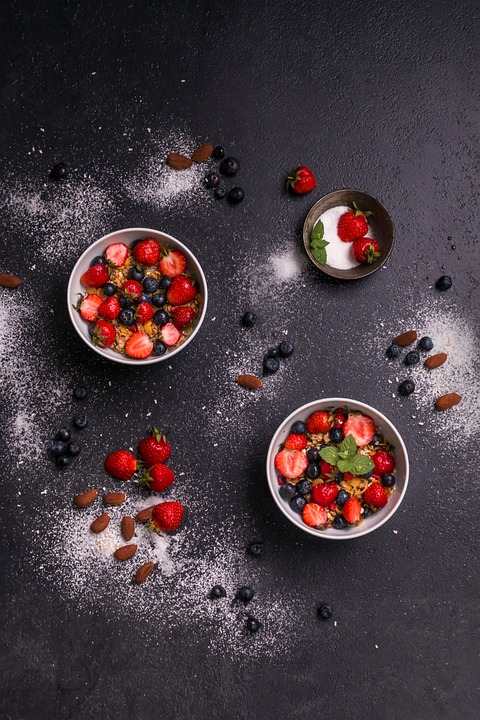People prefer different flavors in their meals, which are the basis of sweet and savory foods. So what is the basic difference between sweet and salty? Sweet food is dominated by the taste of sugar or honey as in sweets, while salty food is just the opposite, full of flavour, often spicy and associated with food of necessity rather than comfort.
However, they complement each other in dinner in favor of taste. Pork is often served as a savory dish with sweet apple sauce. Likewise cranberries with turkey at Christmas. Salads and cheese boards contain salty cheeses, some have fruit in them and are often accompanied by fresh sweet fruits such as apples or strawberries; Cheesecake as a popular dessert is a good example of a savory product such as cheese used successfully with fruit toppings such as tangerines, blackcurrants or strawberries. Even wines as accompaniments are chosen with such tastes in mind with dessert wines designed specifically for sweet desserts and other wines skilfully chosen to complement savory meats and fish. Contemporary chefs frequently combine sweet and savory foods to produce complex yet complimentary flavours.
Sweet and savory foods can practically be considered two separate categories, and sometimes they actually are depending on your appetite and need for food. You mentioned meat as a typical delicacy earlier. Vegetables, in general, are classified as savory and feature as a free part of dinner. Soft foods, especially those designed as part of the diet requirements, are usually salty and prevent you from eating a lot of sweet foods that are often high in calories and fat.
On the other hand, sweets are mostly produced with sugar as the main ingredient. This may come from the natural sugar in the fruit or be served as part of a recipe. Most people have a strange penchant for sweet things, and the symptoms are almost drug-like. It probably stems from when they were children when those lucky ones had pocket money to buy chocolates and candy. Both tend to appear in different shapes of candy reminiscent of those happy, bygone times. As with savory foods, sweet tastes can be combined together. For example, chocolate and orange are successfully combined by a particular chocolate manufacturer.
Nuts are a typical bridge between sweet and savory. They can be coated in salt or chocolate, toasted, or as a sauce for sweet cookies. They are often added to whole grain rice, as a savory, to give it texture and a nutty taste to accompany a chicken curry or salad.
The sweet and savory flavors popular in Chinese dishes go well together in the same dish. Pork and chicken are the most popular combinations of sweet and sour along with a sweet sauce. The ham and pineapple is another favorite although some diners prefer the ham with eggs; Another good example of sweet and savory food combinations or just savory. This is most evident when considering the many toppings you can have when ordering or making your own pizza. Asian dishes often contain sweet sauces with raisins and raisins, but the flavor is often tempered with garlic and onions. Raw carrots are sometimes mixed into a drink and are traditionally sweet, however cooked as part of dinner they become savory.
Sometimes it is difficult to distinguish between sweet and salty and it depends on the individual’s taste and point of view. Often the key is experimentation with frequent tastings during the creative phase. Both work well together and separately and allow chefs to produce a wide variety of foods that give maximum flavor and appeal.




No comments! Be the first commenter?